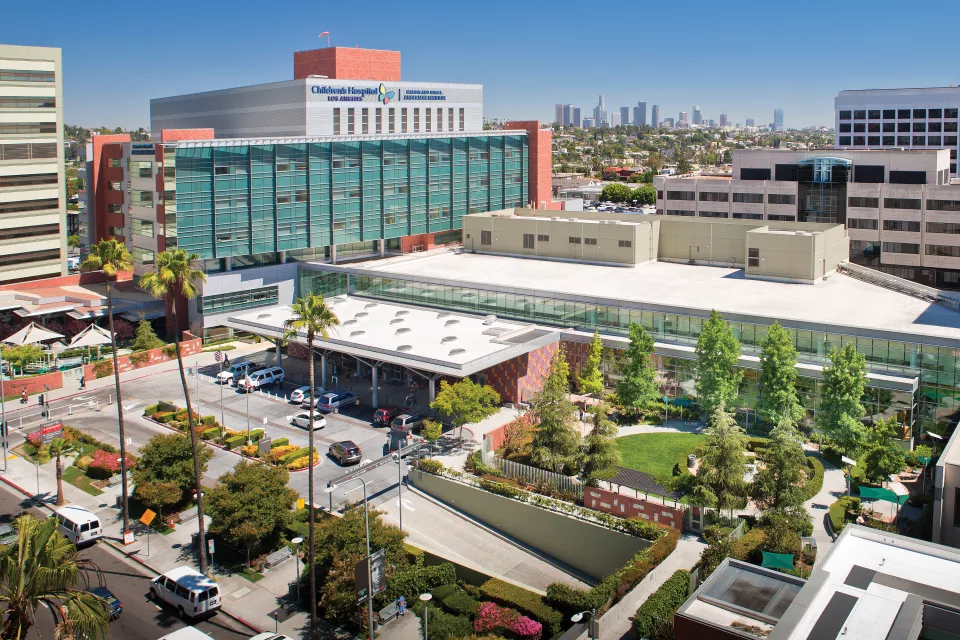Overview
Esophageal atresia (EA) is a congenital medical condition which affects the alimentary tract and is caused by the abnormal development of the esophagus. It is characterized by the inability of the intestine to develop a continuous passage to the stomach. EA can occur independently or in conjunction with tracheoesophageal fistula (TEF), which is characterized by an abnormal opening between the trachea and esophagus.
TEF often occurs when there is a failed fusion of the tracheoesophageal ridges between the esophagus and the trachea. Due to this abnormal connection, food traveling within the esophagus may pass into the trachea and lungs, and air from the trachea may pass into the esophagus.
Diagnosis
Both EA and TEF are diagnosed and treated at birth. Symptoms include excessive salivation (drooling) which is frequently accompanied by choking, coughing and sneezing. Often, infants who have these conditions cough and struggle during feeding as fluid returns through the nose and mouth. The infant may become cyanotic (turn bluish due to lack of oxygen) and may stop breathing as the overflow of fluid is aspirated (sucked into) the trachea. If the symptoms of EA or TEF are noted, a catheter may be used to search for resistance in the esophagus. Additional diagnostic measures include the use of x-rays and barium to confirm esophageal abnormalities.
Treatment
EA and TEF are treated immediately after birth. A surgical procedure connecting the two ends of the esophagus is the most common and effective treatment for EA. In cases where the gap in the esophagus is too large to repair with surgery, a gastrostomy is performed. Surgery to correct TEF is often uneventful; however, some children may develop feeding difficulties and chest problems.
Complications which may arise during or after surgery to correct TEF include: stricture, due to gastric acid erosion of the shortened esophagus; leak of contents at the point of connection between the esophagus and the trachea; and a recurrence of fistula. The average hospital stay for treatment of EA and TEF ranges from one to two weeks.
